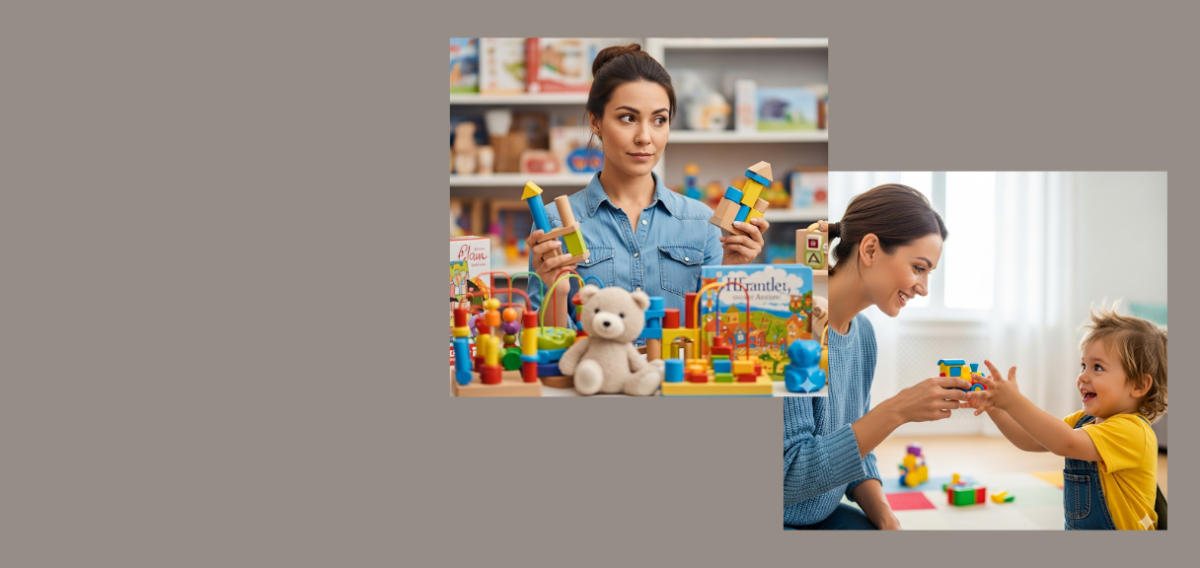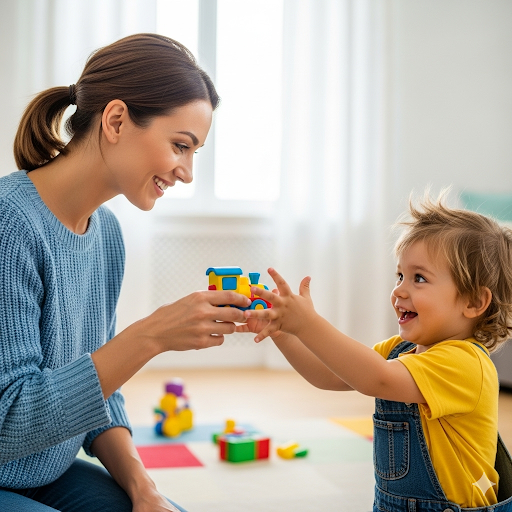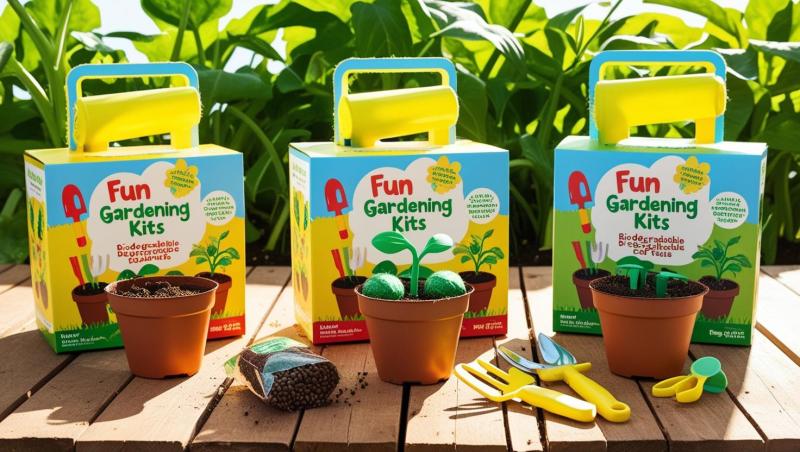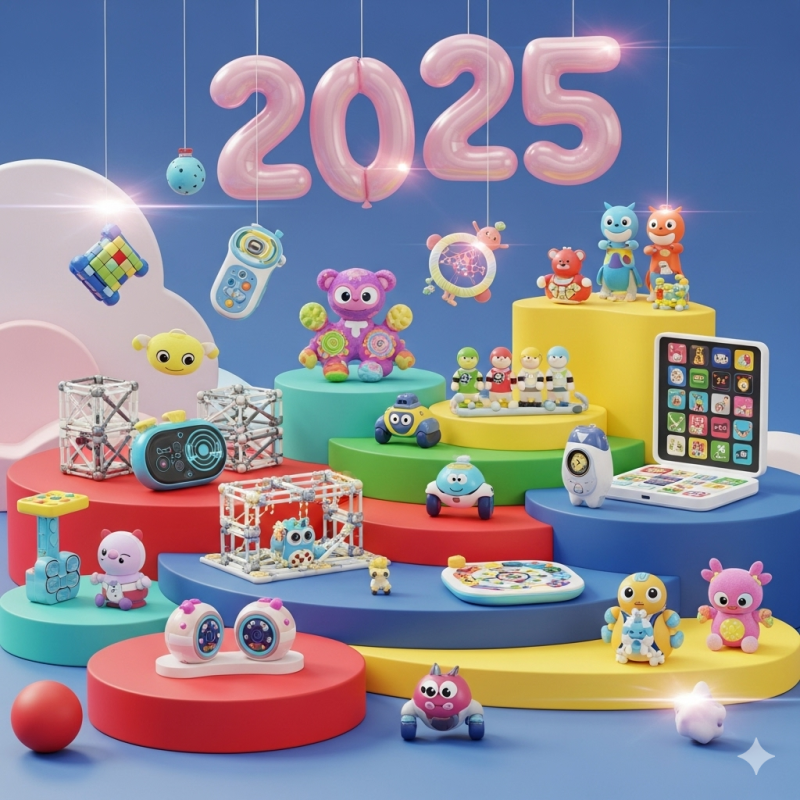Here is a comprehensive, 1500-word article for JustToysStore.com on the topic "Kids Toys - Think Before You Buy," incorporating the keywords and meta description you've provided:
Kids Toys – Think Before You Buy
Meta Description: Toy stores are full of kids toys to suit every age and budget. But which toys are best for your child? We've got advice on which toys to buy, and which to avoid.
Toy stores are a treasure trove for children and parents alike, full of colorful, exciting products designed to entertain, educate, and inspire children of every age. From toddler-friendly stackers to complex building kits for preteens, the selection seems endless. Yet, for many parents browsing through aisles or online catalogs, the abundance of kids toys can quickly become overwhelming. How do you choose the best toys for your child? What types of kids toys will provide not only fun but meaningful development? And which ones should you avoid?
This guide will help you navigate the world of kids toys by understanding the different types available, what to look for when buying, and how to select toys that best suit your child’s interests and developmental needs. Whether you are shopping for kids toys for girls, boys, or all children, these tips will help make your buying decisions smarter, more thoughtful, and ultimately more rewarding for your child.
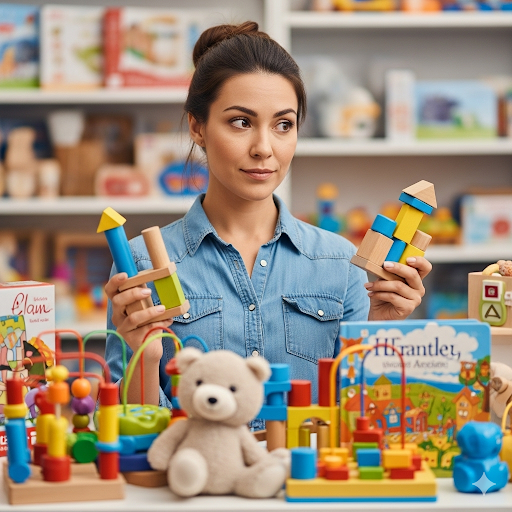
Understanding the Big World of Kids Toys
Kids toys come in many shapes and sizes, serving a range of functions from pure entertainment to educational enrichment. Knowing about the major types of kids toys will help you identify what’s best for your child at any stage of their growth.
Types of Kids Toys
-
Educational Toys: Designed to foster learning, these toys promote cognitive development, problem-solving, language skills, and creativity. Examples include puzzles, building blocks, science kits, and interactive learning pads.
-
Outdoor Toys: From scooters to balls and water play sets, these toys encourage physical activity, motor skill development, and time spent in nature.
-
Pretend Play Toys: Dress-up clothes, kitchen sets, dolls, and action figures invite kids to use their imagination and explore social roles.
-
Building & Construction Toys: Blocks, LEGO®, magnetic tiles, and model kits like cars or rockets develop spatial reasoning, fine motor skills, and creativity.
-
Electronic Toys: These range from basic sound-producing toys to programmable robots and tablets designed for interactive learning.
-
Art & Craft Toys: Painting kits, clay, and craft supplies help kids express themselves and improve fine motor coordination.
-
Board & Group Games: Games teach teamwork, strategy, turn-taking, and sportsmanship.
Why Think Before You Buy?
When it comes to buying kids toys, it’s easy to get caught up in the excitement of colorful packaging and catchy advertising. However, thoughtful selection ensures the toys you buy offer genuine value for your child. Many toys flood the market, but not all contribute positively to your child’s development or hold their interest long-term.
Impulsive buying can result in toys left unused, cluttering homes while draining budgets. Carefully chosen toys align with your child’s developmental stage, personality, and learning needs, encouraging deeper engagement and repeated play. Here are key reasons to think before buying:
-
Longevity: Quality toys that grow with your child provide more play value.
-
Development: Certain toys enhance skills like creativity, coordination, and problem-solving.
-
Safety: Age-appropriate toys reduce risks of choking hazards or injuries.
-
Avoiding Overstimulation: Too many flashy or noisy toys can overwhelm young children.
-
Cost-Efficiency: Focusing on meaningful toys avoids waste and frustration.
What to Look for When Choosing Kids Toys
Match Toys to Age and Developmental Stage
Children’s abilities and interests evolve rapidly. Toys that are too challenging may cause frustration; toys too simple may bore them. Always check age recommendations and consider your child’s individual skills and preferences.
-
Infants & Toddlers: Focus on sensory toys, soft blocks, musical toys, and shape sorters that promote motor skills and cognitive development.
-
Preschoolers: Introduce puzzles, pretend-play sets, simple board games, and creative kits to build language and social skills.
-
School-Age Children: More complex building kits, science sets, strategy games, and arts projects encourage problem-solving and creative thinking.
-
Tweens & Teens: Electronic kits, robotics, sports gear, and artistic tools foster independence and specialized interests.
Choose Open-Ended Toys
Opt for toys that allow multiple types of play and creativity rather than a single outcome. For example, building blocks can be used to create endless structures versus a toy car with fixed features. Open-ended toys support imaginative thinking and longer-lasting engagement.
Prioritize Educational Value
Toys that challenge the brain, enhance fine motor skills, or encourage social interaction add lasting value. Educational kids toys help children develop cognitive skills like memory, logic, reasoning, and language. They also promote physical coordination and emotional growth.
Check for Safety and Quality
Ensure toys meet safety standards and use child-safe materials. Look out for small parts if buying for younger children, non-toxic paints, sturdy designs, and well-crafted components that won’t break easily.
Popular Kids Toys That Educate and Entertain
Here’s a curated list of kids toys known for combining fun with developmental benefits:
-
Building Sets: LEGO®, Magna-Tiles, and wooden blocks promote creativity and STEM skills.
-
Puzzles: Jigsaw puzzles, shape puzzles develop spatial skills and patience.
-
Pretend Play Sets: Dollhouses, kitchen sets, dress-up costumes nurture social and emotional development.
-
Art Supplies: Modeling clay, paints, crayons enhance self-expression.
-
Electronic Learning Toys: LeapFrog tablets and programmable robots introduce early technology skills.
-
Sports Equipment: Balls, jump ropes, and bikes encourage fitness and coordination.
-
Books with Interactive Features: Storybooks with sound and tactile elements foster vocabulary and auditory processing.
Navigating the Boys' and Girls' Toy Aisles
In many stores, toys are separated into "boys" and "girls" sections. While tradition often places dolls and kitchen sets on the girls' side and trucks or superhero figures on the boys' side, modern parenting encourages breaking down these stereotypes.
The best policy is to choose toys based on a child’s interests rather than outdated gender norms. Whether your child prefers trucks or dress-up gowns, look for toys that inspire joy and learning regardless of category.
What Toys to Avoid
Some toys may seem enticing but have little lasting value. Here’s what to skip or be cautious about:
-
Toys with only one function: Single-use toys quickly lose interest.
-
Battery-heavy toys with loud sounds: They often overstimulate and don’t foster creativity.
-
Violent or aggressive toys: Studies suggest these can negatively impact behavior and empathy development.
-
Cheap, breakable toys: They lead to frustration and frequent replacement.
-
Highly commercialized “must-have” fad toys: Many pass quickly and are poor investments.
Where to Shop for Kids Toys Store
In addition to big box retailers, consider these options:
-
Specialty Toy Stores: Often carry higher-quality, educational, and unique toys.
-
Online Marketplaces: Platforms like JustToysStore.com offer curated selections suited for developmental needs.
-
Local Artisans and Crafts Fairs: Handmade toys with an emphasis on creativity and sustainability.
-
Educational Toy Retailers: Focus on STEM and social-emotional learning tools.
Final Thoughts: Buy Smart, Play Wise
Choosing the right kids toys is more than a purchase—it’s an investment in your child’s growth, happiness, and future. Think carefully, consider your child’s unique personality and abilities, and choose toys that provide opportunities for learning and creative play.
With thoughtful selection, kids toys from trusted stores can become cherished companions—fun friends that teach, challenge, and inspire your child every day.
